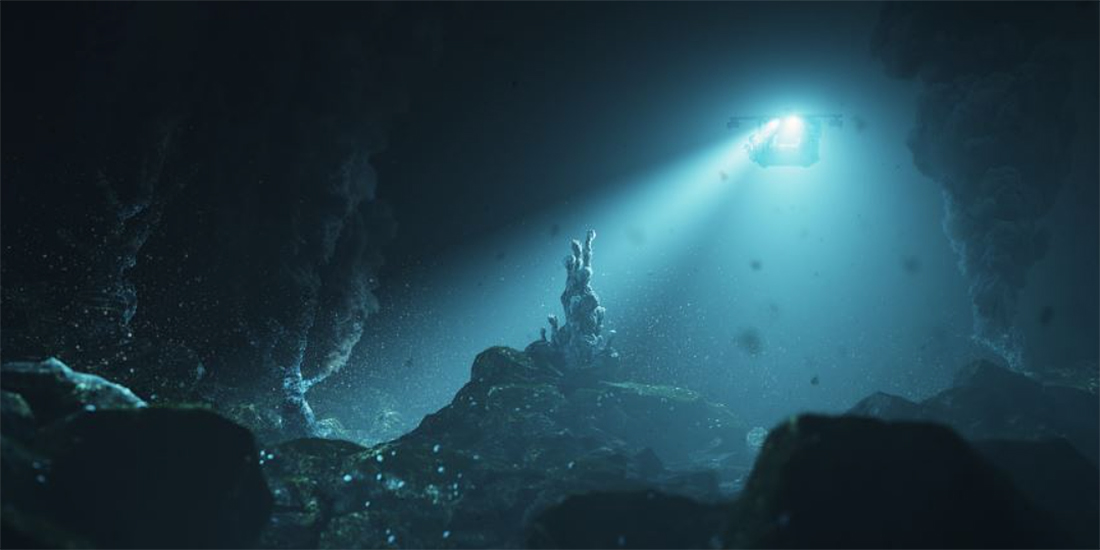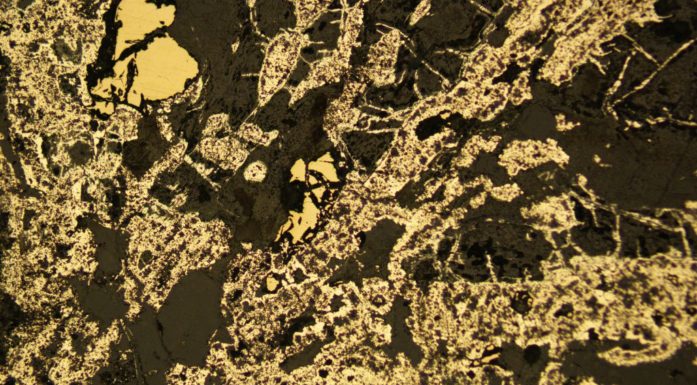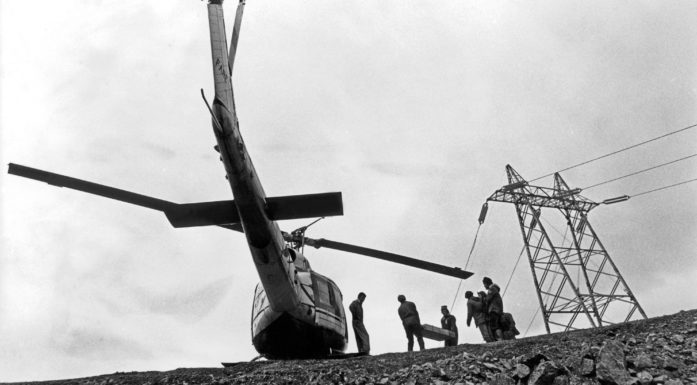Could Trondheim be Norway’s new seabed mining capital?
Stavanger is Norway’s oil capital. Trondheim could become the country’s capital for seabed mining. It will be an important contribution to the UN’s climate goals.
We might as well admit it right away. The world needs minerals, not least to be able to carry out the transition to greener technologies. We are getting greener day by day. Technological development is taking place at a breakneck pace.
In Trøndelag County, new wind farms are constantly being planned and built, both under the auspices of Trønderenergi and Fosen Vind. In order to be able to build the electrical parts of the new windmills, we need access to minerals. We constantly buy or get new computers, mobile phones or other technological equipment. All the electronics we surround ourselves with contain large amounts of minerals such as copper, zinc, gold and silver.
Almost 30,000 Norwegians are queuing to buy an electric car, and every fourth new car is an electric car. Nowhere else in the world is the demand for electric cars greater than in this country. If the queue had disappeared, most likely more than the 30,000 would have opted for an electric car rather than petrol or diesel.
We think that it is possible to be the world’s best when it comes to seabed mining.
Copper is a critical component in cars. World copper consumption has quadrupled since 1960 and continues to rise. Even the simplest cars contain at least 1 km of copper wiring. In the wires, signals pass between the car’s control systems, brakes, engine and sensors. The largest SUVs can have up to 30 kilograms of copper. Today, a large part of the copper is mined in South America or Asia. Although in Europe we recover 41 per cent of all copper that can be recycled, we need to extract more.
And this is where we come to the crux of the matter. Down on the seabed between Svalbard and Jan Mayen, Norway has gold, silver, copper and zinc. These are metals and minerals the world needs. We are now learning more about these mineral deposits and about the possibilities for using them.
In our surveys, we hunt for black smokers – or chimneys. These are markers for mineral deposits. If we find these chimneys, we know that there are minerals in the ground that can be suited for seabed mining. Perhaps the search for, and eventual extraction, of seabed minerals must focus on inactive systems that no longer produce metals.
The popular Norwegian Broadcasting Corporation’s TV series Lykkeland (State of Happiness), about the rise of the oil nation Norway, has fascinated many. In a comment in Adresseavisen in the late autumn, Ola Borten Moe expressed some doubts as to whether it would be possible to experience something similar today. We believe that it may be possible to become the world’s best when it comes to in seafloor mining, much as Norway has taken this position as an oil/gas nation. And we believe that it can be at least as successful, because this time we can use our own experience from offshore operations.
We also know how important knowledge is to be able to do this in a good way. We must be able to master environmental challenges, technological challenges and climate challenges of attempting to extract minerals from the depths of the ocean. And not least, we must extract the minerals in a way that takes care of both people and the sea.
Is it right to extract seabed minerals? Is it right for us not to?
Mining today takes place in other parts of the world where employees and the environment do not have the same rights as in the Western world. Denis Mukwege, one of the Nobel Peace Prize winners in 2018, made this painfully clear. Here, too, the hunt is on for a State of Happiness. There are many indications that there is a long way to go. An important argument for preparing the ground for future mineral extraction is security of supply. Production of important minerals takes place in a few countries, and the world is vulnerable. Gold, silver and copper are among the minerals that are on the EU’s list of critical raw materials.
We have to have this discussion. Is it right to extract seabed minerals? Is it right for us not to?
NTNU and others have given important input to the government’s marine strategy regarding mineral extraction from the seabed as a possible new industry. We have contributed to putting this opportunity on the map and provided input for a new law on mineral extraction. The Norwegian Petroleum Directorate has now been tasked with mapping and searching for mineral resources on the seabed. Politicians and the directorates have listened to input and raised this possibility.
We have recently established the Norwegian Forum for Marine Minerals. The forum is an association of industry, research and public actors, who work together to develop Norwegian industry aimed at seabed mining. The prerequisite is that both exploration and extraction must be sustainable. Dozens of companies have already expressed their interest.
In parallel with this, NTNU is now building a new building at Valgrinda (near Lerkendal in Trondheim) which will house very advanced characterization and processing equipment. This also includes a grant from the Research Council of Norway of several tens of millions of kroner for equipment for a new laboratory for minerals.
The laboratory will assist the established mineral industry in Norway and internationally. This will attract companies and partners who want to build expertise in minerals. This environment in Trondheim will provide opportunities for significant entrepreneurial activity in connection with all phases of mineral extraction: exploration, characterization, extraction, and protecting the environment. To succeed, will and action are required. We have that!
The oil capital had its Arne Rettedal – the man who saw what Stavanger could be. A mineral capital with NTNU, the Geological Survey of Norway and SINTEF as central actors will also need visionary and energetic politicians and business actors. Anyone want to sign up?





